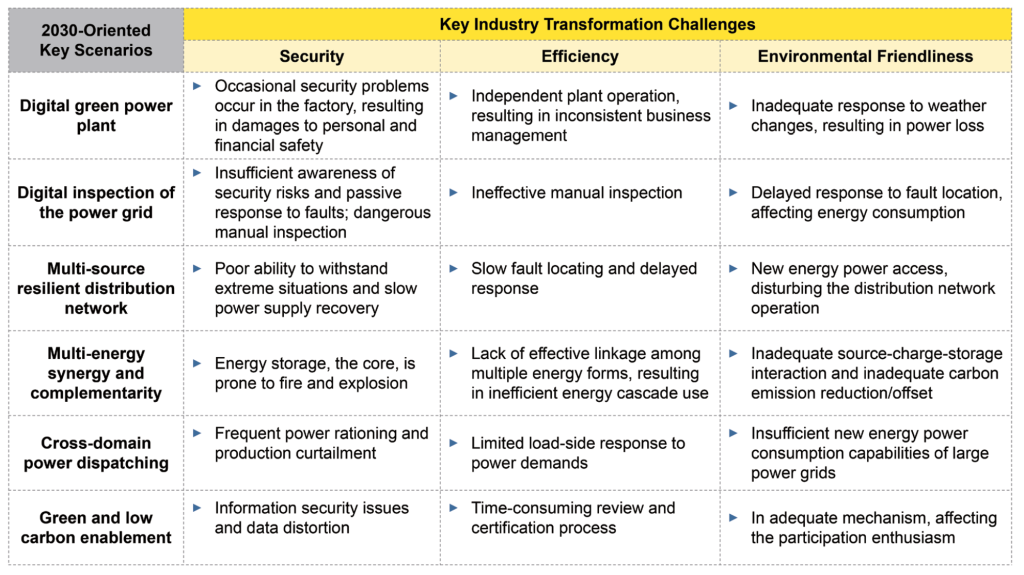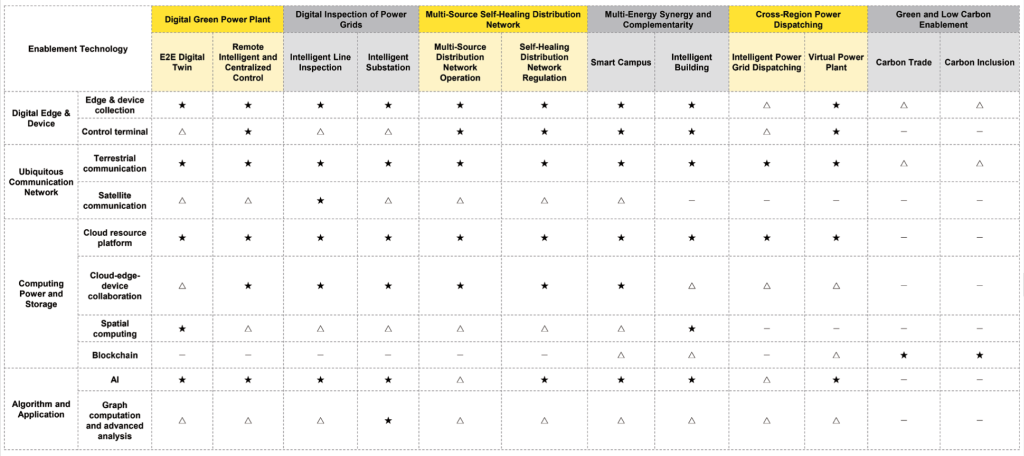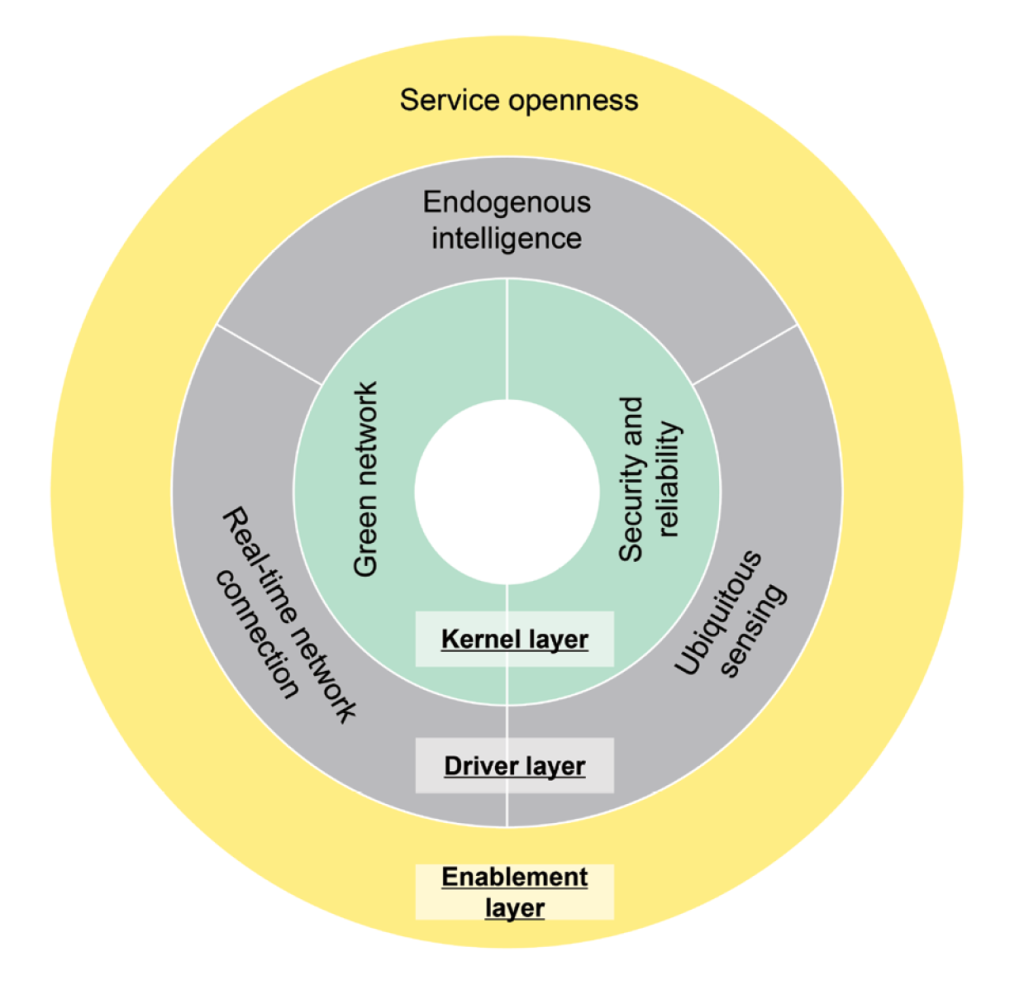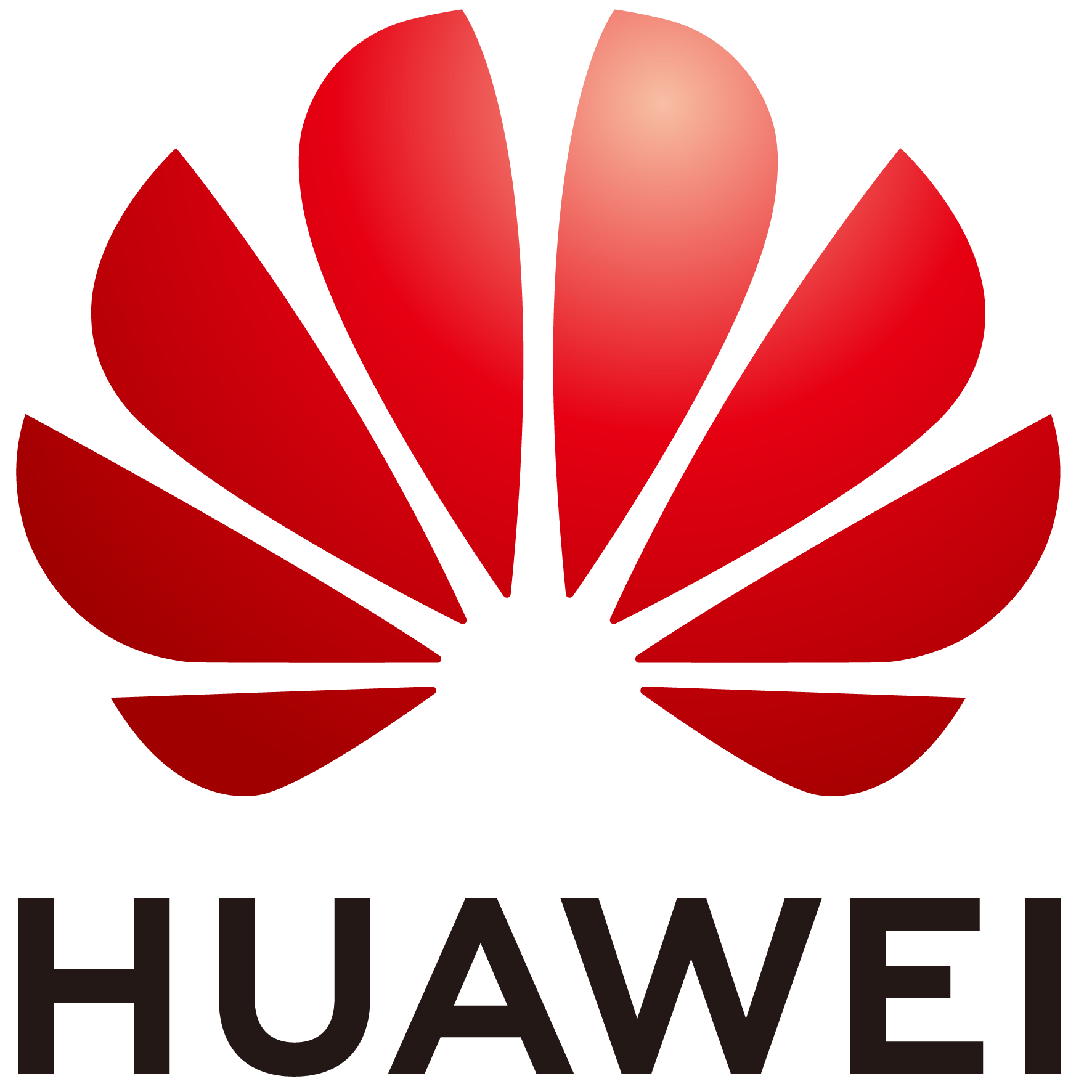
The world is acting on climate change, with global initiatives such as COP (Conference of the Parties, United Nations Climate Change) setting targets on emissions and renewable energy playing a vital role in reducing reliance on fossil fuels.
The US plans a $555bn clean energy program, while the EU is investing in many green initiatives, like supporting the installation of electric vehicle (EV) charging infrastructure across Europe, and regulatory incentives for EV manufacturers and public transport organizations to reduce carbon emissions. China has invested heavily, increasing its wind and solar generation, while Australia, Canada, and India have all made commitments to increase their use of renewables.
Moving towards the crucial turning point of 2030, noted as ‘peak carbon’ by China, will involve not only new energy, but new power grid systems. The digitalization of electric power is a crucial part of this future and most relevant to the relief of climate change.
“A new power system that integrates electricity and computing will be the driving force behind the industry’s transformation,” says Professor Li Licheng, South China University of Technology, in a new white paper on digitalization of the electric power industry. Presented by Huawei, “Intelligent World 2030: Digitalization Trends in the Electric Power Industry,” depicts a smart, digitalized power grid with integrated and flexible technologies, as both a roadmap and a reference for today’s industry professionals.
“An open, efficient, and intelligent electric power digital engine built based on cloud-edge collaboration,” explains Licheng. “This type of architecture will support and drive electric power system transformation, accelerate new energy consumption, and promote the achievement of carbon peak and neutrality goals.”
Key objectives of electric power digitization
Compared with traditional sources, new energy, such as wind and solar, has fluctuations in supply and performance, mainly due to weather. Uncertainty in voltage and frequency leads to reliability issues that have become one of the main challenges to achieving a greener power supply. By using real-time analysis to offset fluctuations and control load balance, digitization maintains a consistent and reliable energy network.
To monitor and control vital aspects of the network, such as status of equipment and diagnosing faults, a virtual representation, complete with interconnected sub-systems and device information, is created. This ‘digital twin’ uses intelligent analysis to predict power transmission loads, using simulations based on real-world data. Further, by integrating monitoring, analysis and modelling, autonomous decision making is achieved using adaptive AI technologies, backed by blockchain security.
The right technologies for the right scenarios
For digitalization to be successful, it is essential that power companies match the correct technological solution to each challenge. For example, where the market is growing rapidly, ‘hot’ business scenarios can utilize mature digital solutions already on the market. ‘Future focus’ scenarios, however, require the latest breakthroughs in key technologies to support the large-scale application of digitization, including IoT (Internet of Things), communication interconnection, AI analysis, and security technology.
For such diverse and complicated systems there can be no standard one-size-fits-all solution. Rather, scenarios are created to illustrate challenges and solutions based around core business cases.

Digital green power plant: Large-scale wind farms and photovoltaic plants are key to new energy but are often in remote areas with output directly affected by weather. In this scenario, improvements to device control and connection allow real-time data processing and adaptation in response to capacity, with intelligent management making predictions on a non-centralized control system.
Power grid digital inspection: Operation of power grid devices require faster, more autonomous inspection and monitoring to increase service-life and diagnose future issues. Drones (UAVs), radar, and always-on sensors powered by edge computing and AI ensure comprehensive and accurate inspection. For very long transmission lines, low-earth orbit satellites are used to inspect lines during extreme weather, when drones cannot fly.
Multi-source self-healing distribution network: Intelligent technologies combine with real time sensing to allow fast detection and adaptation, protecting power distribution during emergencies. Additionally, AI coverage protects the grid by accurately predicting and locating faults.
Multi-energy complementation: Micro-grids, such as smart campuses, feature integration of power generation, grid, load storage and various energy mixes. Operated independently or as part of the wider grid, intelligent algorithms help optimize energy consumption and save energy.
Cross-domain power dispatching: Extreme weather events (which may become more frequent with climate change) can result in energy supply issues, so power in areas with surplus is transmitted to relieve shortages elsewhere. Intelligent power grid systems coordinate connections using virtual power plant models.
Green and low-carbon enablement: Green electricity trading markets, using blockchain technology, encourage carbon emission reductions by promoting green power trading through premium pricing and incentives.

Key technical features of digitalization
“By 2030, over 95% of terminals deployed by industry-leading digital electric power enterprises will be connected to the network,” predicts David Wang, Huawei’s Executive Director of the Board and Chairman of the ICT Infrastructure Managing Board. Looking ahead Wang sees cloud penetration and edge intelligence adoption exceeding 60%.
Wang says: “The reliability of electric power communication will reach 99.99999%.” Power networks with secure foundations based on green energy, IoT sensing, real-time communication, and intelligence using AI, will drive the trend forward, with service openness and enablement of service users completing the 2030 picture.
But for this ambitious vision to be accomplished, there are several key areas of technical innovation that need to be in place. All these technologies already exist, but we can expect improvements in speed and accuracy as new technologies come online.

Networks and security
Digitalization not only helps power systems improve energy capability, but also reduces consumption as efficient equipment requires less power and maintenance to run.
One example is All-Optical networks (AONs) providing an underlying communication network supporting both service and energy efficiency on site and in real-time. E2E (end-to-end) transmission between nodes, reducing power consumption by an estimated 40%.
Connected to so many devices, security is a real challenge, so a three-layer cybersecurity defense system is used, while the power system is protected with device-level redundancy measures.
Ubiquitous sensing and real-time networks
Always-on sensing and intelligence forms the core of the digitalization process, from collection of data to transmission, processing, and analysis. Physical networks run alongside information networks, and it is the depth of integration and interaction of these two networks that promote efficiencies within the system.
The huge amount of data generated by IoT is managed by smart terminals. However, traditional cloud processing cannot ensure fast enough response times, so cloud models are deployed on edge smart terminals, which process and deliver decision making control instructions in real-time.
Endogenous intelligence and machine learning
As fossil fuels are gradually phased out, the high percentage of new energy connected to the grid brings greater uncertainty to the power system. With inherent fluctuations and geographical separation, data going through the network will soar, so the application of machine learning and intelligent algorithms is extremely important.
Decreasing power usage means increasing efficiency, and TinyML (machine learning technique for low-energy systems), can accelerate decision speed by reducing complexity of learning models.
Service openness and enablement
Digital transformation is enabling sharing of technologies like never before. Cloud and edge computing, machine learning and customized services allow upgrades that produce better services for everyone, moving capability to an industry wide scale rather than a single vendor.
Openness and integration are proving to be key for enterprises developing in an efficient, cost-effective, and agile manner. By utilizing existing applications power companies can quickly upgrade to more efficient systems. Cloud native technologies maximise potential and scale features, while the use of AI reduces human intervention and costs.
Integration and cooperation
There are many challenges ahead, but for the industry to move forward, current technical systems need to support digital twins, ultra-fast E2E networks and an intelligent architecture. By itself, digitalization cannot solve systemic problems of the power grid system, but it can solve managerial problems and coordinate solutions, adapting to the gradual increase of new energy.
“Ultimately,” says Licheng, “We will shift toward digital, information-based, and intelligent transformation. In this way, a visible, perceptible, and controllable transparent power system will be established.”
Digitalization isn’t just about technology, it’s about power companies coming together and sharing expertise and best practice. It’s about collaboration and integrating emerging technologies, to make global resources more sustainable. The result will be safer, more efficient, green energy.
Presented by Huawei, “Intelligent World 2030: Digitalization Trends in the Electric Power Industry,” launched concurrently at the Huawei Global Electric Power Summit of Huawei Connect 2022 Dubai and GITEX Technology Week. To know more about how Huawei builds a fully connected smart grid, click here”


